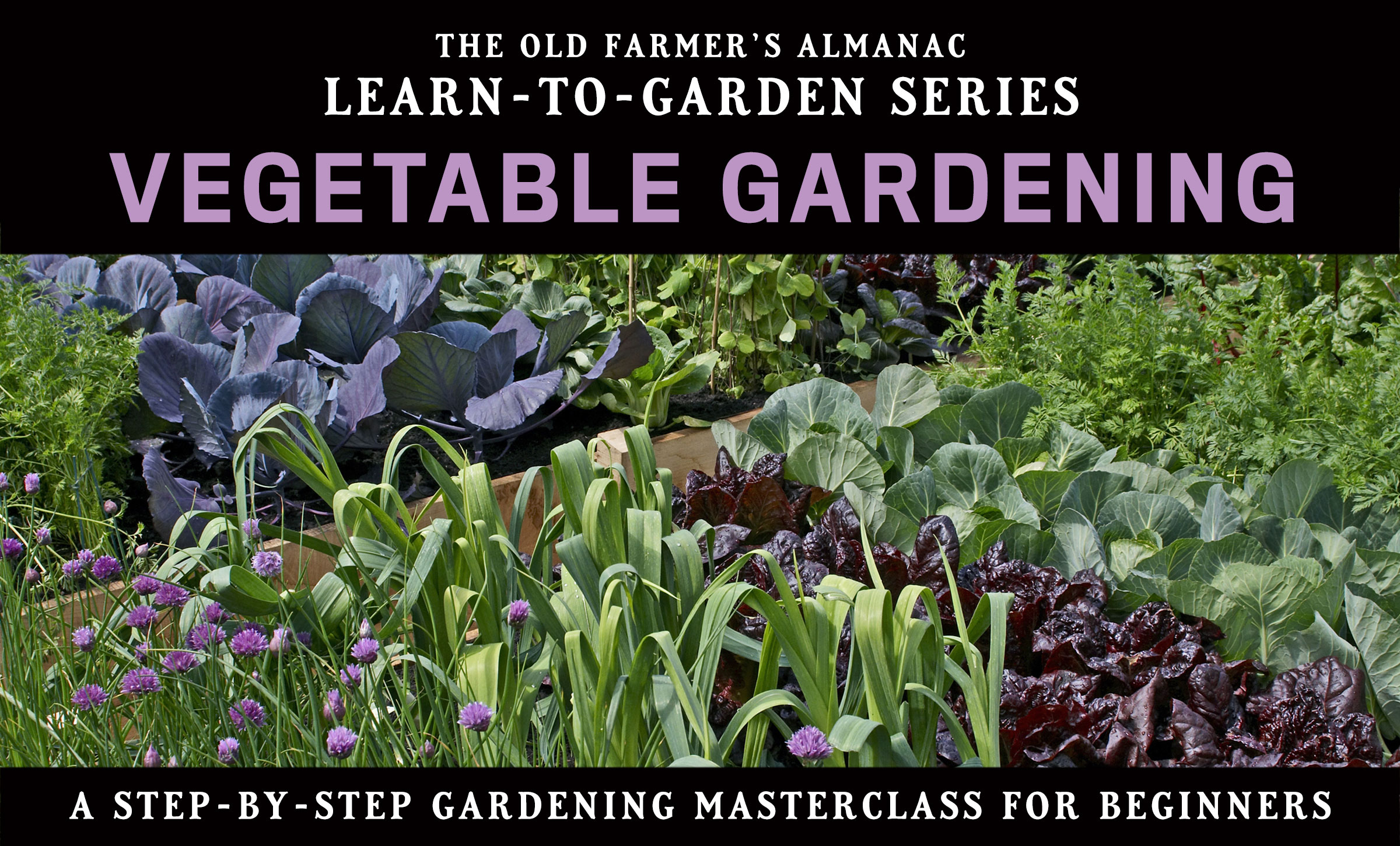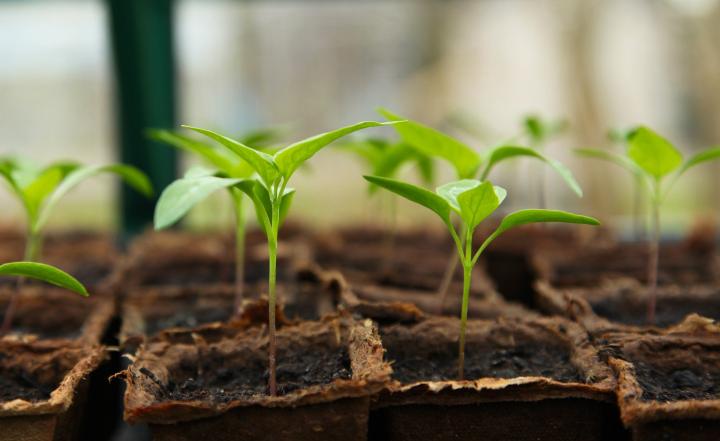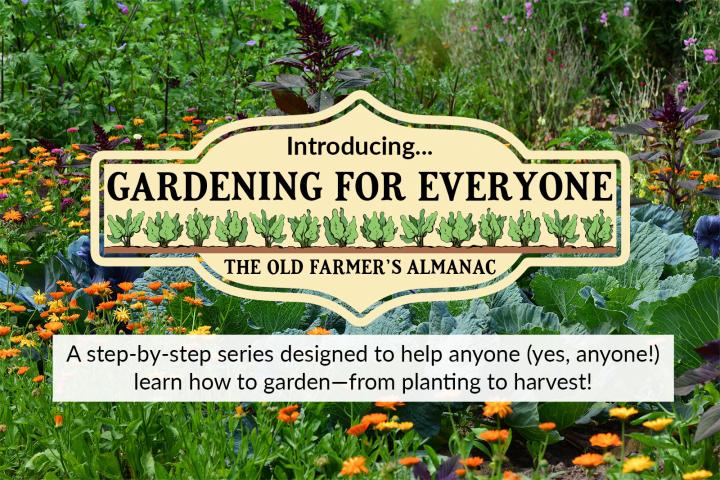
Tips for Transplanting Seedlings Outdoors in the Garden

Getting Started
Planning For a Garden
Planting a Garden
Plant Growing and Care
Harvesting and Storing Vegetables
I find sinking a gallon vinegar jug cut off top and bottom around each seedling is very helpful to protect from the harsh northern Illinois winds and protects from birds plucking them out
My dad taught me that a small "tent" made of leafy twigs helps shade tender seedlings and protect from harsh, drying winds. Leave the twigs in place about a week. Gives them a chance to get adapted to the soil and put their roots in. I use this method for tomato, pepper, sweet potato and other transplants.
Ideally....thin single seedlings from a community pot each separately to a small pot - too large and the soil stays too damp. Then move to a larger pot after the small pot shows roots at the bottom. Some plants are exceptions - if they resent disturbance or are root crops like carrots where the main root needs to be left undisturbed. My max for a seedling is a 4" pot, then usually to ground or final destination. In your case if you are going to have several plants in a Large pot, I would direct sow and thin to desired spacing, unless the large pot needs to be outside and you want to sow inside etc.
What a great post! So many people are dipping their toes into Veg gardening and seed starting pots.
Best pumpkins and squash we ever had came when the seeds hadn't germinated in their little pots, so in disgust I took them out to an area we call No Man's Land and just dumped the lot. Seeds and dirt just helter skelter. Guess what germinated, grew like mad, and gave us so much produce we set boxes along the road with "Free" signs posted. Lots of fun, so -- I happily agree with Jeff. No Molly coddling!
I have gone through all this trouble several times ...however ,what I have found is that I get great results from sowing directly in the ground,after all farmers do this and don't Molly coddle ...just get to it...key is soil prep, weed eradication and I sieve my soil in small beds after adding manure. I water to keep uniformly moist (crucial) I start very early ...in Georgia Piedmont zones7-8 ground rarely freezes so one can soil prep in January and plant mid March
When I set out my cukes, melons, zukes and tomatoes I plant each one inside its own little green house. I take the kitchen catcher garbage bags and slit each one and using some sticks that are as long as the bags , use the sticks to hold the bags around the plants. The tops remain open so that when temperature rises it won't cook the plants. This way works great in areas of winds that are destructive on new plants and can be left on while plants grow and folded down or cut off at a later time.
I bought the 2015 Almanac. I want to grow an indoor lemon tree, I have good seeds. I also want to grow an indoor Avocado tree. I see schedules for veggies, not citrus or avocado. Am I correct that the next above ground time will be approx the 13th-16th?
The best days to plant above-ground crops is in "the light of the Moon", between a new and a full Moon. The Moon will be full on Sept. 27. You can plant the seeds any time before the full Moon date. The very best days are Sept. 16-18.
In the best days to plant calendar, is this to plant the seeds or actual seedling plants? We plant mostly seeds so I wasn't sure how to apply these dates. Thanks.











